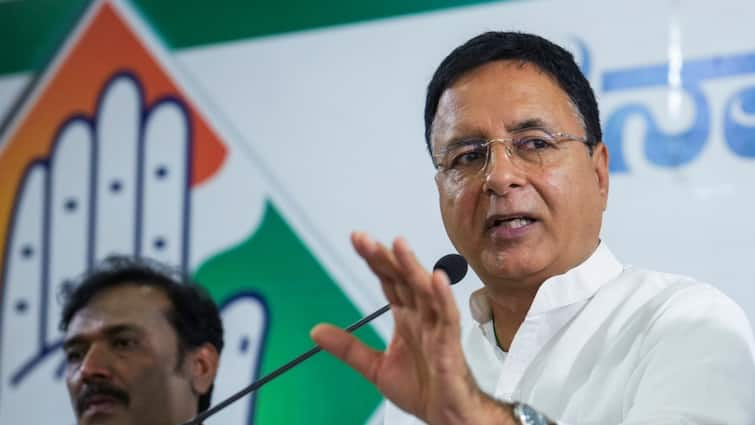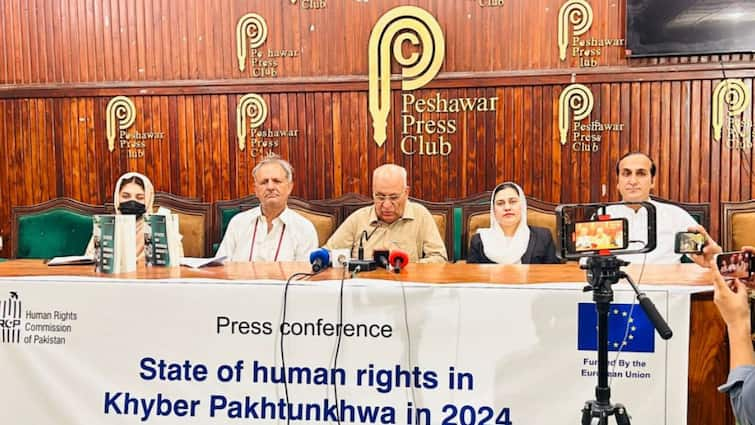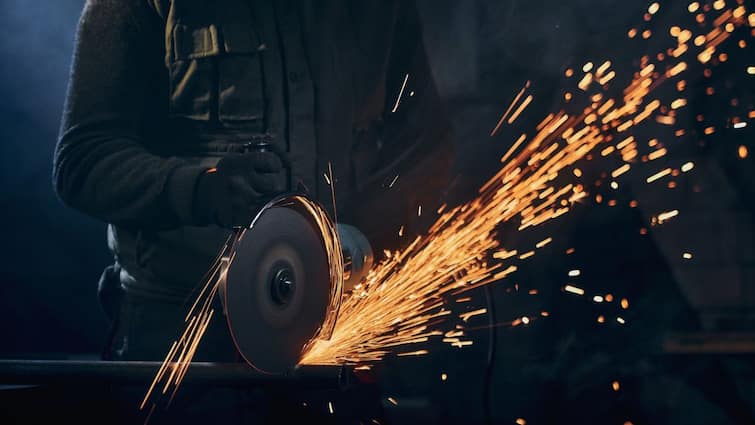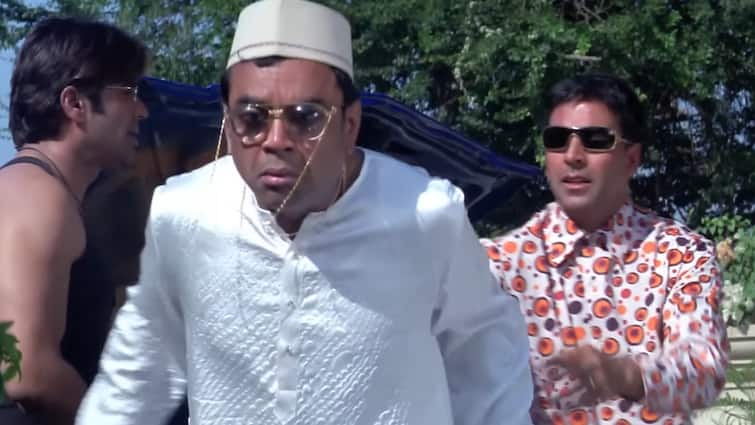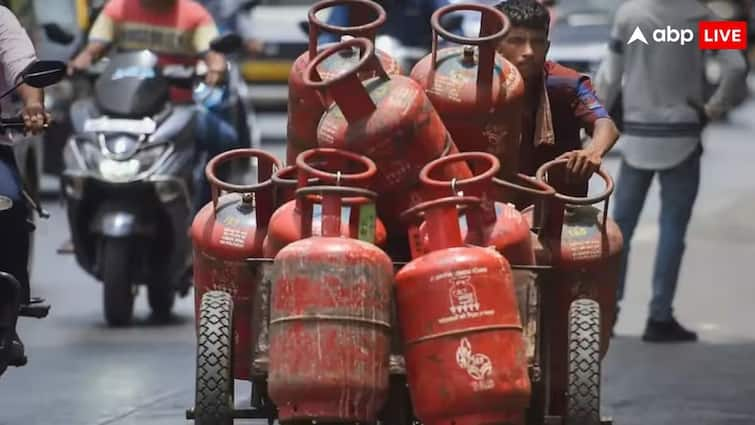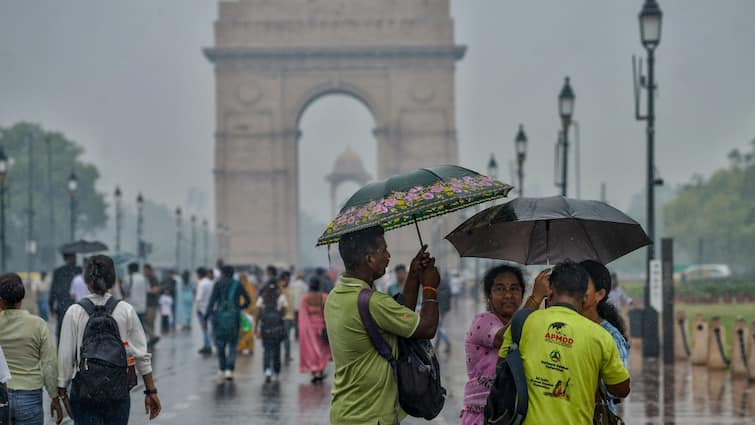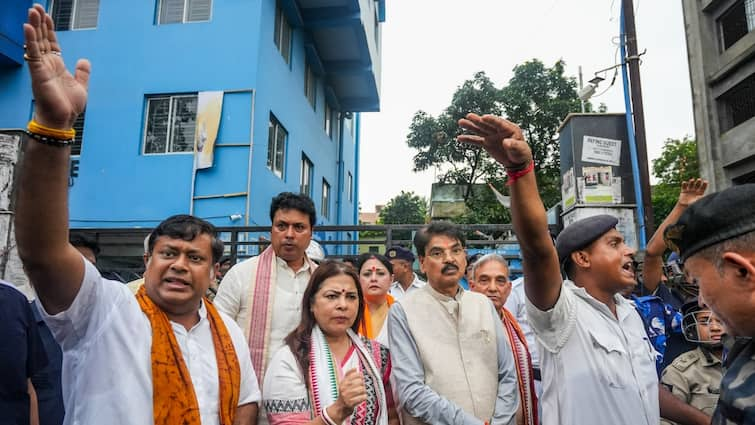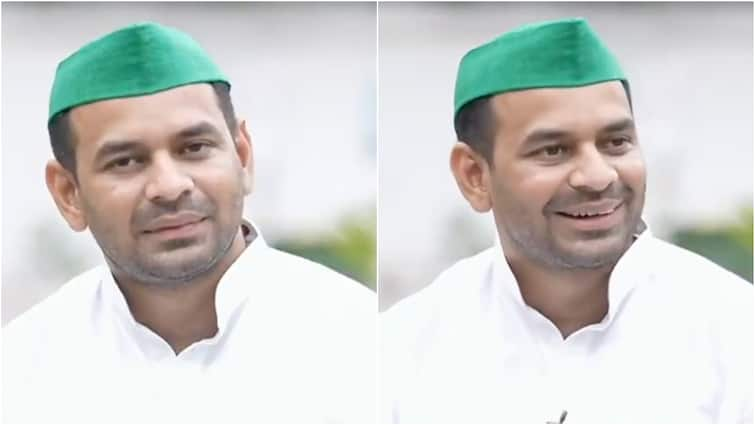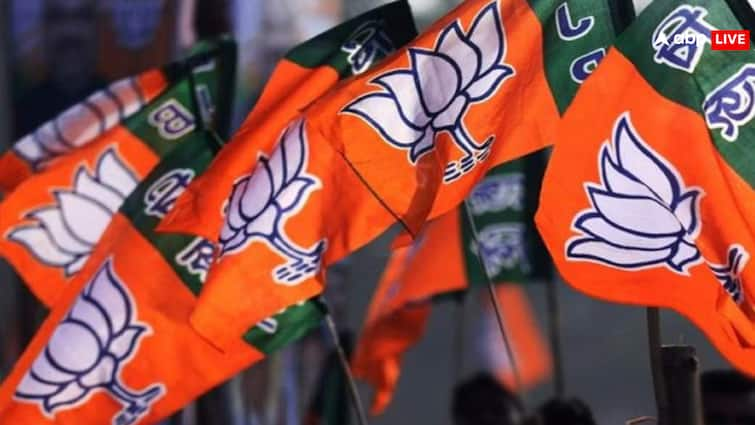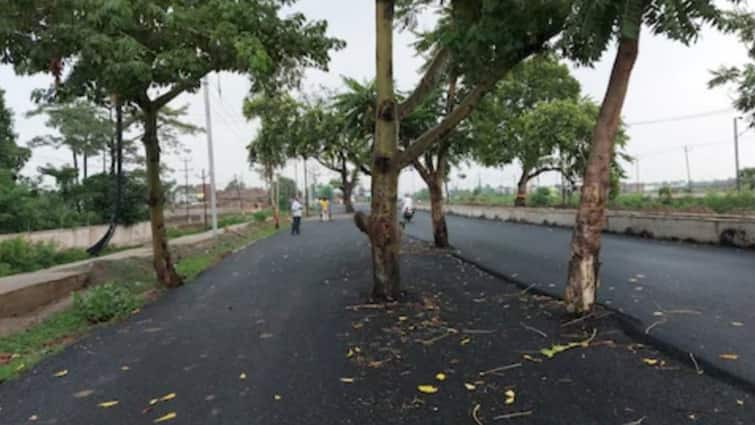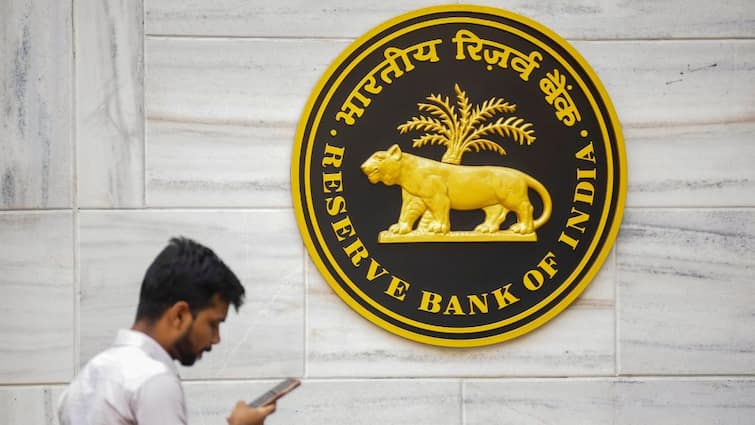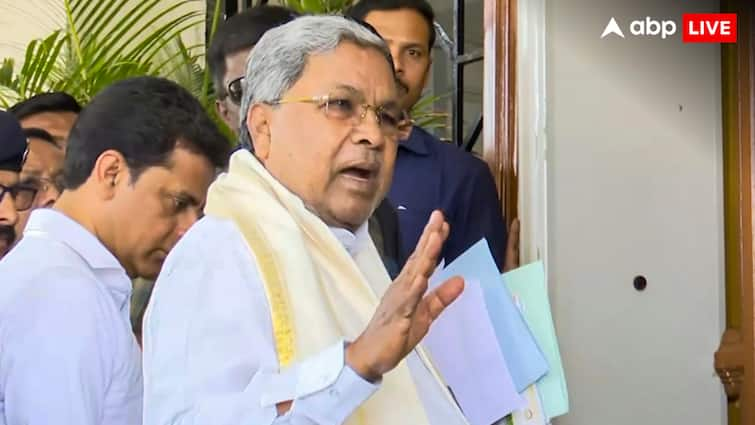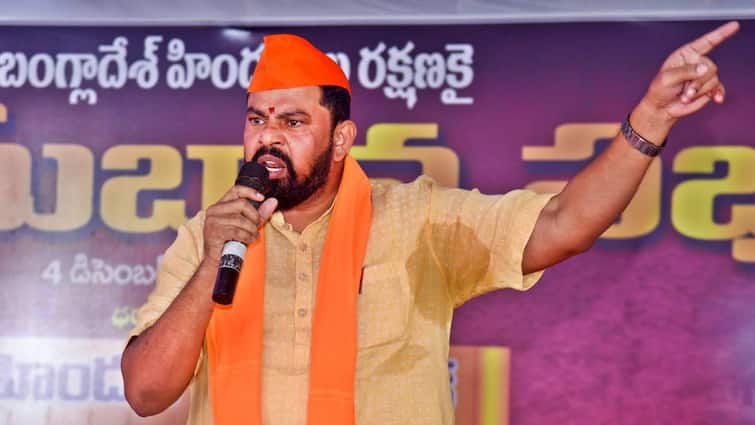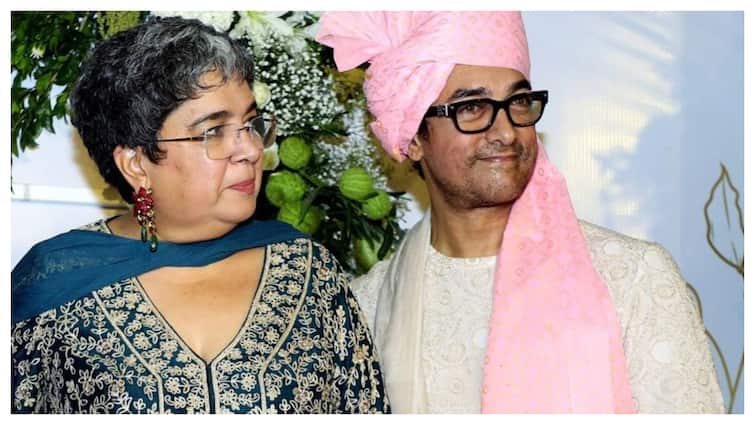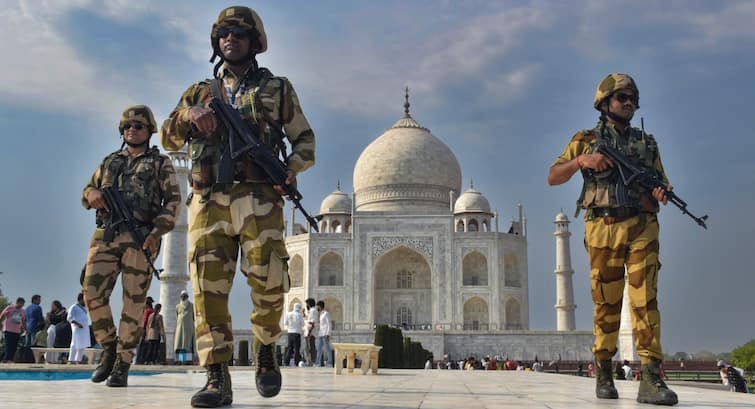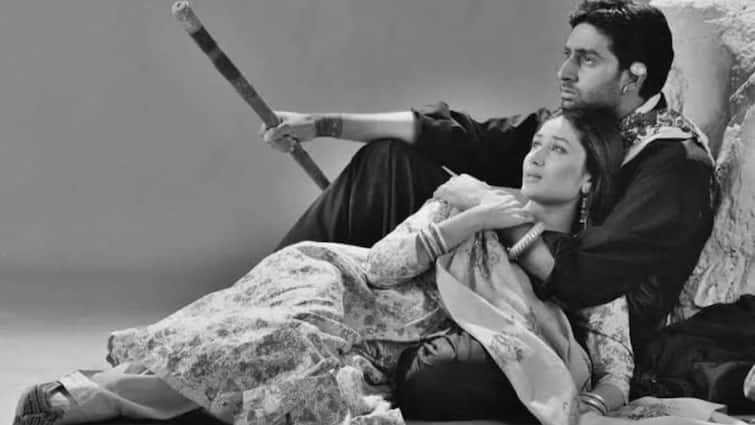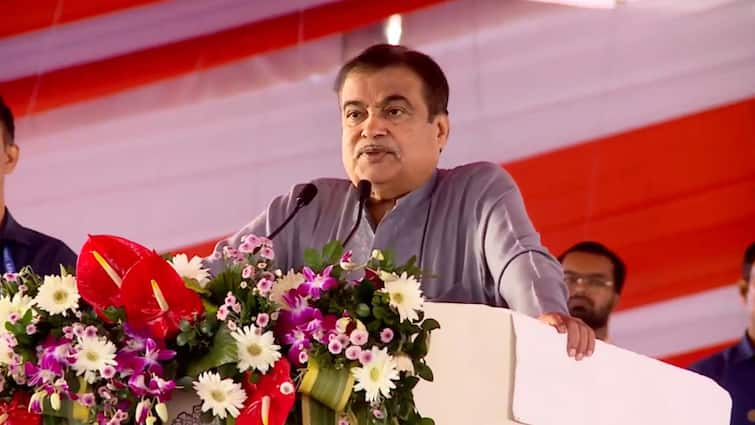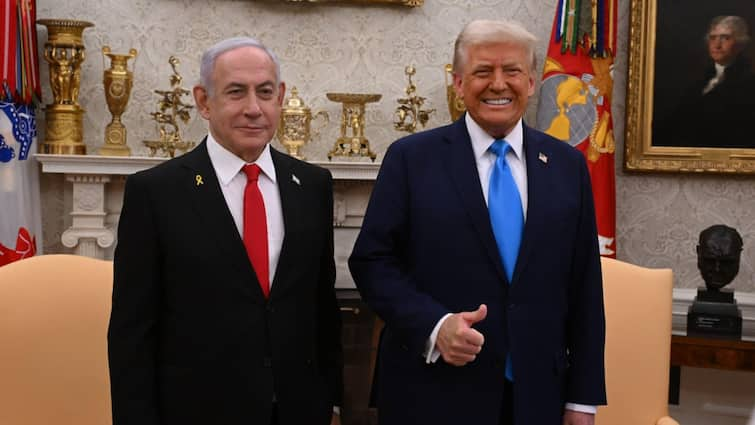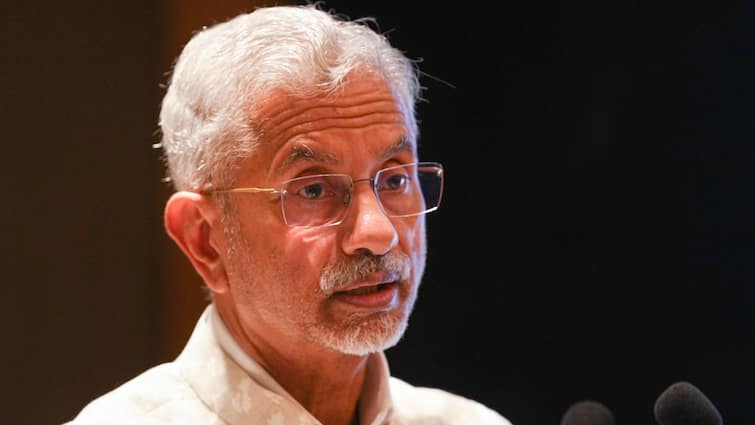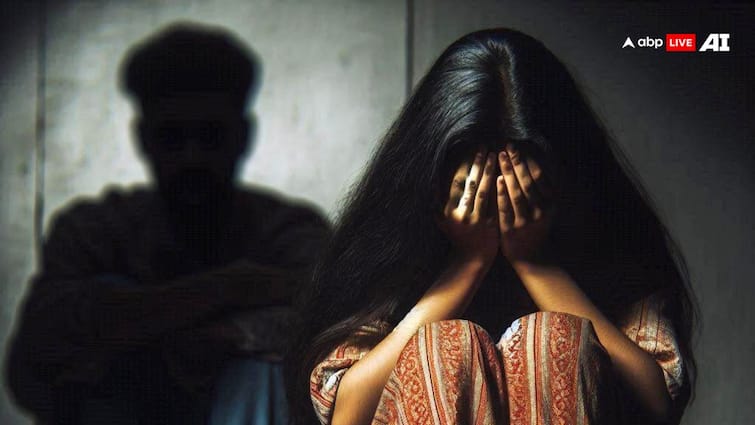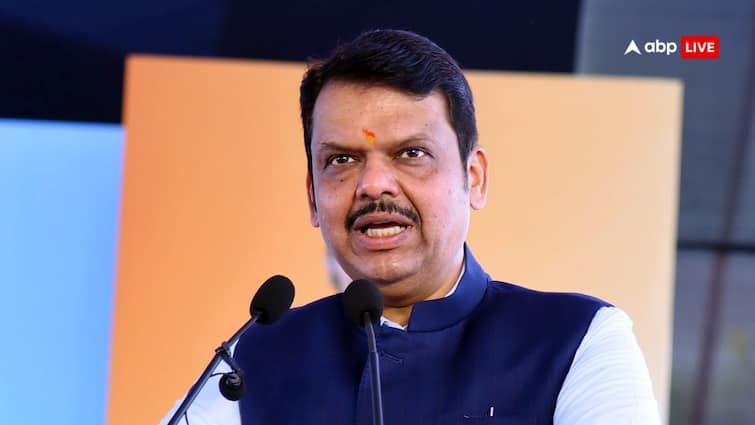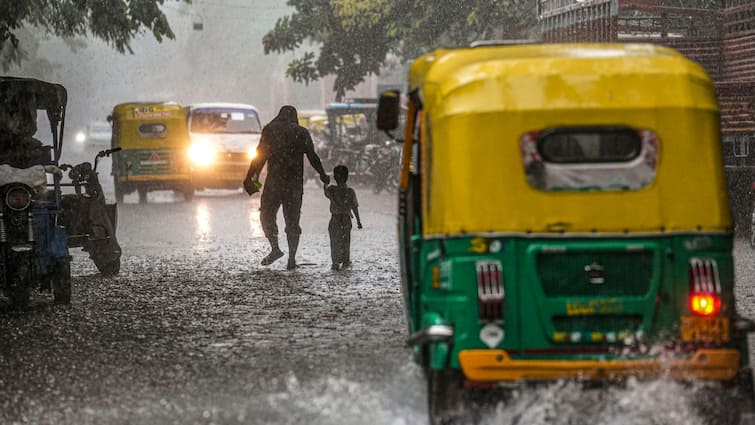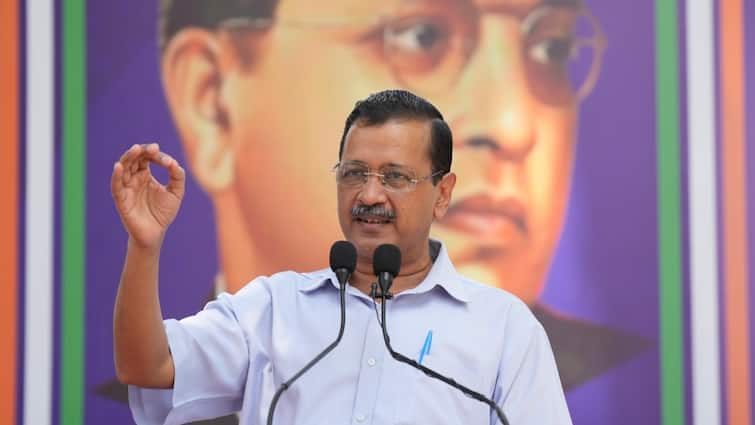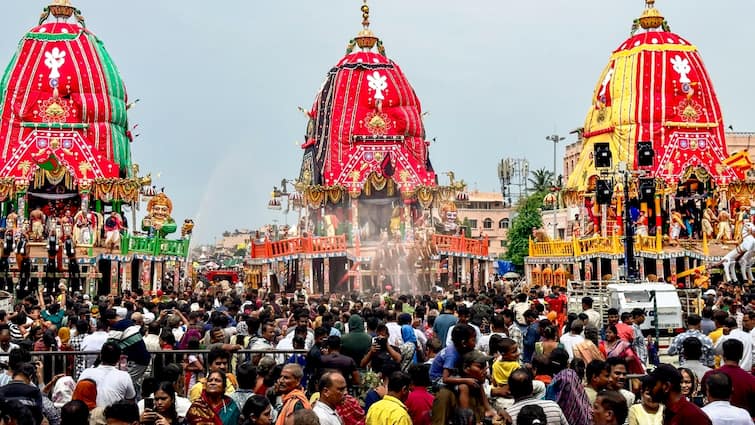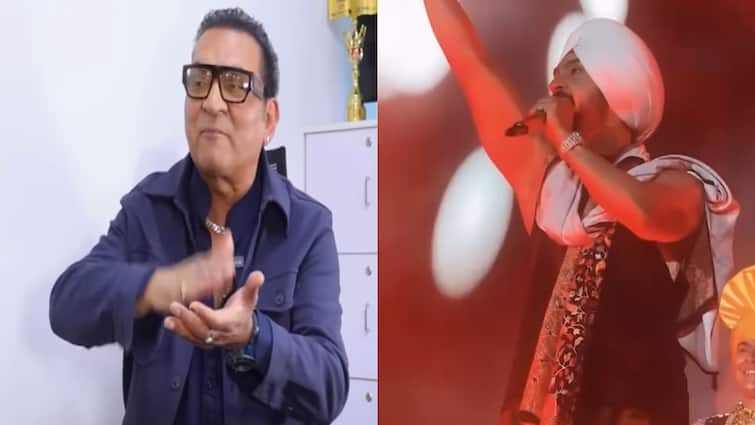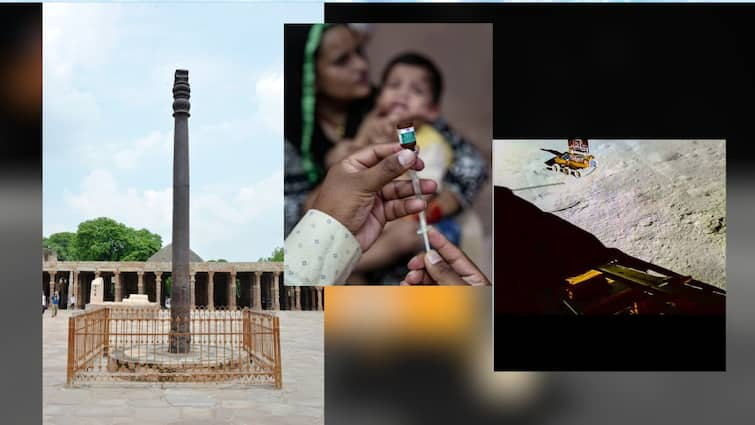
An oft-repeated tongue-in-cheek piece of humour is, “What did India contribute to the world?” And its punchline – “Zero”! The joke is a tip of the hat to the fact that the concept of zero, which opened the floodgates for massive mathematical and scientific strides, was invented in ancient India.
India has been a land of scientific wonders for centuries. From pioneering metallurgy to sending spacecraft to the Moon, science in India has continuously evolved and influenced the world. Let’s explore some of India’s greatest scientific contributions through history, covering everything from ancient innovations to modern breakthroughs.
1. Wootz Steel – The Wonder Metal Of The Ancient World
Mankind’s metallurgical heritage has India stamped over it. The world’s first ‘pure steel’ came from India. As early as 400 BCE, Indians learned how to fuse iron with a high amount of carbon to produce the first true steel. Wootz is the anglicised version of ‘ukku’, the Kannada and Telugu word for steel. Long before modern metallurgy, India was producing Wootz steel, a material so strong and flexible that it became famous worldwide. It was used to make legendary Damascus swords, known for their sharpness and durability. European scientists later studied Wootz steel, laying the foundation for modern metallurgy.
“Wootz was the first high-quality steel made anywhere in the world. According to reports of travellers to the East, the Damascus swords were made by forging small cakes of steel that were manufactured in Southern India. This steel was called Wootz steel. It was more than a thousand years before steel as good was made in the West,” noted a research paper titled ‘The Mystery of the Damascus Sword’ by Engineering scholar J.D. Verhoeven (metallurgy scientist from College of Engineering, Iowa State University) and Alfred Pendray (country bladesmith who rediscovered the ancient sword-making technique that eluded the world’s greatest metal scientists for centuries).
Fun Fact: Alexander carried back around 2.7 tonnes of steel made in India, and, in Spain, blacksmiths used ‘Ferricum Indicum’ to hammer Indian steel into swords for the imperial Roman army.
2. Ayurveda & Sushruta’s Surgical Techniques
Ayurveda translates from Sanskrit to ‘science of life’, with ‘ayur’ meaning ‘life’ and ‘veda’ meaning ‘knowledge’ — highlighting its holistic approach to health and well-being that considers all aspects of a person’s life, not just their physical symptoms. Ayurveda is considered one of the oldest traditional systems of medicine (TSMs) accepted worldwide. The ancient wisdom in this system of medicine is still not exhaustively explored. A large number of Indians still use ayurveda in daily care of health. But ancient India’s contribution to health didn’t end there.
Sushruta, often called the father of surgery, described detailed surgical procedures over 2,500 years ago. His techniques included plastic surgery, cataract removal, and even complex reconstructions.
Fun Fact: Several celebrities swear by ayurveda to maintain health. Apart from Indian actors like Kareena Kapoor, Malaika Arora, Anushka Sharma, and Shilpa Shetty, Hollywood celebs like Gwyneth Paltrow (follows the ayurvedic way of ‘Eating for my Dosha’), Sofia Vergara, Dakota Johnson, Miranda Kerr, and Gisele Bündchen, too, are avid ayurveda buffs.
3. The Concept Of Zero & Indian Mathematics
Indian mathematician Aryabhata (5th century CE) revolutionised the world by introducing the concept of zero, which became the foundation for modern mathematics. Later, Brahmagupta (7th century) provided rules for calculations using zero. Arab travellers and scholars took the theories and concepts to the West.
4. The Iron Pillar of Delhi – Rust-Free for 1,600 Years
Can an iron pillar stay exposed to the harsh elements of nature for centuries and yet not rust? Standing tall in Delhi, a 4th-century pillar is a marvel of ancient engineering as it has managed to do just that. Made of iron, the Iron Pillar at Mehrauli has not rusted for over 1,600 years despite exposure to the elements, showcasing India’s advanced metallurgy techniques. In 2003, IIT-Kanpur scholars cracked the mystery, revealing the answer in the journal ‘Current Science’. They found that the pillar, primarily made of wrought iron, has a high phosphorus content (about 1%), and lacks sulphur and magnesium, unlike modern iron. Additionally, ancient craftsmen used a technique called ‘forge-welding’ while making it — they heated and hammered the iron, keeping the high phosphorus content intact, a method uncommon in modern practices.
Fun Fact: According to one legend, if you stand with your back against the pillar and wrap your arms around it, making sure your fingers touch each other, your wish will come true. However, the Archaeological Survey of India has put a fence around the pillar to minimise human impact.
5. India’s Space Achievements – Chandrayaan & Mangalyaan
In recent years, the Indian Space Research Organisation (ISRO) has made India a global space leader. The Chandrayaan-3 mission (2023) successfully landed near the Moon’s South Pole, making India the first country to do so! Chandrayaan-3’s Vikram lander carried the Pragyan rover, which confirmed the presence of sulphur on the Moon’s surface. In 2014, Mangalyaan made India the first nation to reach Mars in its first attempt and at the lowest cost.
Fun Fact: The Bollywood film Mission Mangal celebrated the women who were behind India’s Mars Orbiter Mission (MOM) or Mangalyaan. The film aimed to inspire girls to pursue careers in science and space.
6. The Raman Effect – A Nobel-Winning Discovery
In 1928, physicist C.V. Raman discovered that when light passes through a transparent material, its wavelength changes — a phenomenon now called the ‘Raman Effect’. This discovery won him the Nobel Prize in Physics in 1930.
Fun Fact: Raman’s discovery is now used in medical diagnostics, space research, and forensic science!
7. Wireless Communication — J.C. Bose’s Revolutionary Work
While Italian scientist Guglielmo Marconi is credited with inventing radio communication, Jagadish Chandra Bose demonstrated wireless transmission of signals in 1895 — two years before Marconi. His research paved the way for modern Wi-Fi, radio, and mobile networks. Bose was also a pioneer in plant science, and proved that plants respond to external stimuli like sound and touch.
Fun Fact: An impact crater on the far side of the Moon has been named after Bose. The Bose Crater has a diameter of 91 kilometres, and is located near Crater Bhabha.
8. India’s Green Revolution — Agricultural Science
In the 1960s, India faced a severe food crisis. Thanks to agriculture scientist M.S. Swaminathan, the father of India’s Green Revolution, new high-yield crop varieties and modern farming techniques helped India become self-sufficient in food production.
Fun Fact: India went from a food-deficient country to one of the world’s largest food producers!
9. Chandrasekhar Limit — A Breakthrough In Astrophysics
Indian-American astrophysicist Subrahmanyan Chandrasekhar discovered the ‘Chandrasekhar Limit’, which explains the fate of dying stars. This research led to a deeper understanding of black holes and white dwarfs, earning him a Nobel Prize in Physics in 1983.
Fun Fact: NASA’s Chandra X-ray Observatory, the world’s most powerful X-ray telescope, is named in his honour.
10. India’s Contribution To Vaccine Development
India is a global leader in vaccine production. Institutes like Serum Institute of India and Bharat Biotech have played a crucial role in developing vaccines for diseases like polio, Covid-19, and rotavirus, saving millions of lives worldwide.
Fun Fact: India produces over 60% of the world’s vaccines, making it the vaccine hub of the world!
The writer is a senior independent journalist.
Doonited Affiliated: Syndicate News Hunt
This report has been published as part of an auto-generated syndicated wire feed. Except for the headline, the content has not been modified or edited by Doonited




